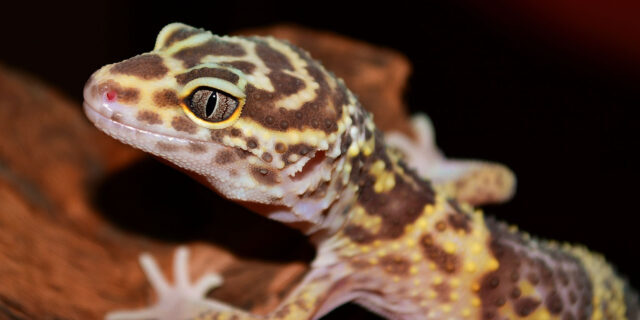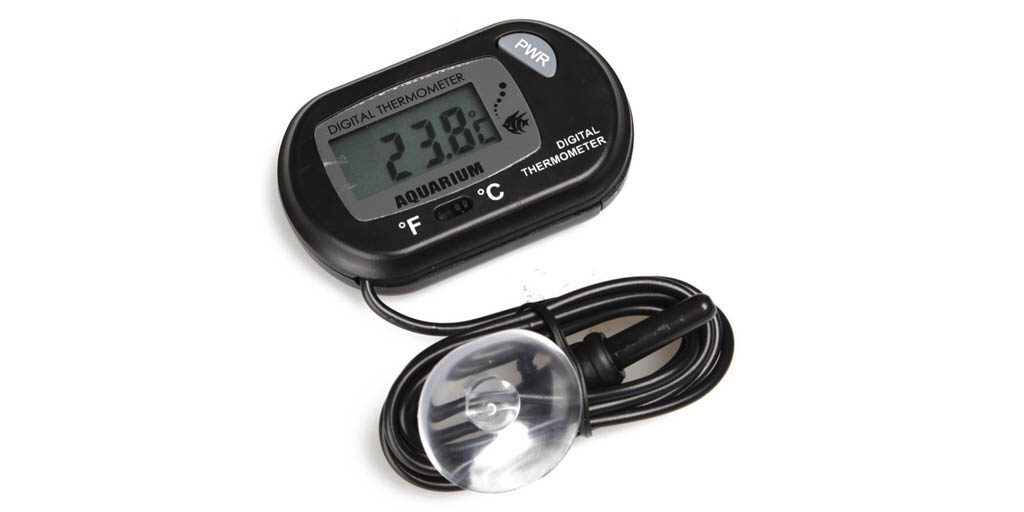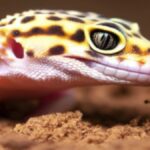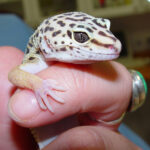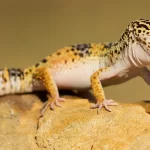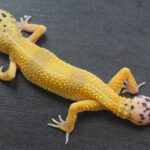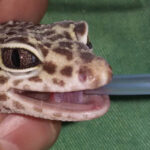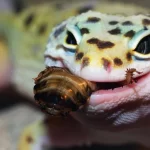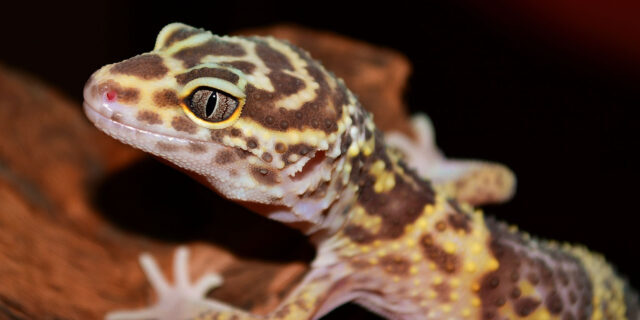
Save for later…
One of the more important parts of keeping Leopard geckos as pets is setting up an artificial environment where they can thrive. Although not as challenging as with many other pet lizard species, temperature (in the form of heat) plays a vital part in their health and well-being.
Leopard geckos are considered poikilothermic (having a variable body temperature) and ectothermic (dependent on heat from sources other than their own). With pet Leopard geckos, some sort of external heat source might be required.
Although Leopard geckos are exposed to huge day/night and seasonal temperature differences in nature, they show huge adaptability in most artificial environments. As pets, Leopard geckos will thrive in temperatures of 25 – 32 ºC / 77 – 90 ºF with a drop to room temperature during the evenings. In many parts of the world, including South Africa, no heating equipment will be required, but with average room temperatures of below 23 ºC / 73 ºF additional heating should be installed.
Leopard gecko heating equipment
External heating for Leopard geckos can be in the form of electrical heat pads or strips or overhead lighting. Electrical heat rocks are also frequently used. The type of heating required or used will depend on the size and type of the enclosure.
Heating should be supplied on one side of the enclosure to allow for a natural temperature gradient towards the other side.
Because Leopard geckos are night dwelling animals, overhead heating (simulating the sun) is not as important as with diurnal reptiles. It is more important than heat is supplied from beneath in order for ‘basking’ to take place.
Heat lamps emit heat from the top. By simply shining it onto an object that absorbs heat (e.g. a piece of rock), the surface can be used as a basking spot. The amount of heat can be controlled by moving the heat lamp further or closer or by changing the Wattage of the light bulb.
Heat rocks, heat pads and heat strips make good choices as it looks more natural or can be hidden under the substrate. When heat pads/strips are used, it should only cover about a quarter (25%) of the floor space to allow for a temperature gradient. The electrical wiring should be hidden and/or isolated properly to prevent contact with moisture and the Leopard gecko itself. Various type and sized heat pads, heat rocks and heat strips are available for under-tank heating. They can also vary in strengths (and price!).
T-Rex Cobra Heat Pads comes in a variety of shapes and sizes. It is ideal for under-tank heating in Leopard geckos. The heated area should be covering about a quarter of the total surface of the enclosure.
Whatever heating equipment is used (or not), the temperatures on both sides of the enclosure should be tested thoroughly with a thermometer a few consecutive days before the introduction of a Leopard gecko.
Simple digital thermometer with a probe to measure temperatures in a Leopard geckos enclosure.
Nighttime temperatures are most often achieved by simply disconnecting the heat source. Electrical timers are often used to achieve natural day/night effect.

